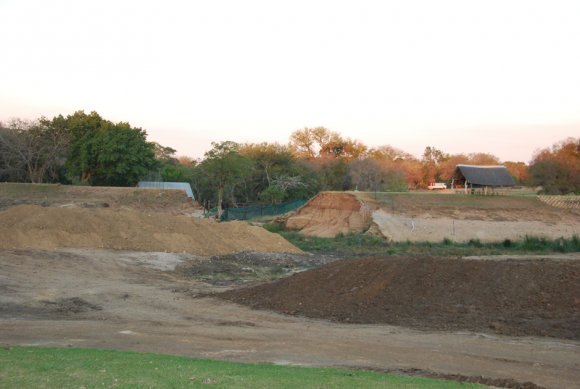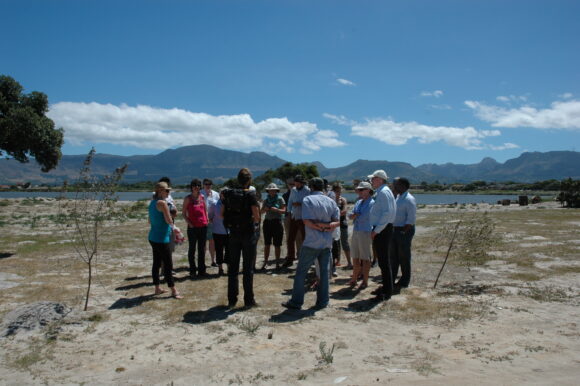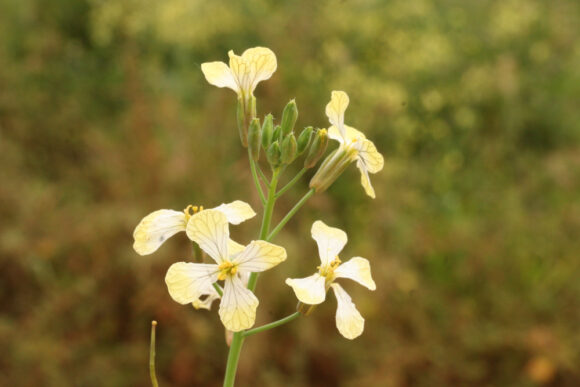11 July 2016 | By Brian van Wilgen
“Bold steps” are needed to improve the management of specifically invasive pines in protected areas of the Cape Floral Region (CFR), researchers from several of South Africa’s major environmental organisations warn. If not, Cape Town and other coastal towns and cities along the Garden route stand to lose more than a third of their current water supply over the next 30 to 50 years.
In an article published in the journal Biological Conservation, researchers from the DST-NRF Centre for Invasion Biology (C·I·B), South African National Parks, CapeNature and Nelson Mandela Metropolitan University present the findings of an assessment of the historical costs and extent of efforts to control invasive plants in the CFR since 1995.
The article also includes an estimate of the resources that would be needed to bring remaining invasions in the CFR under control. Depending on the scenario, this ranges from R170 million (where only pines and hakeas are controlled) to a whopping R2 608 million (where all species are controlled). For other, and more likely scenarios, the analysis suggests that effective control will never be achieved.
More efficient management needed
Achieving control relies almost exclusively on funding from the public works programme, Working for Water (WfW), praised worldwide as a unique conservation initiative to clear invasive plants while providing social services and rural employment. Over the last three years the programme offered jobs to an average of more than 20 000 people per year across the country.
However, while WfW has managed to reduce alien invasions in certain areas in the CFR by nearly 50%, after twenty years the programme has reached only a small proportion (4 to 13%) of the total invaded area.
The CFR is particularly vulnerable to the threat of invasion. A 2009 study found that over 1000 indigenous plant species are threatened by invasive alien species in the CFR. If invasions were to reach the full extent of their potential distribution, overall biodiversity in the region could be reduced by as much as 40%.
The study estimated that, to date, R564 million had been spent in attempts to control alien plants in 25 of the CFR’s protected areas. But while the focus has been on the eradication of acacias, pines pose a much greater threat in the long term.
Recommendations
The team’s main recommendation is that efforts should be focused on priority areas and species, and accepting trade-offs between conserving biodiversity and reducing invasions. “Some areas have a higher priority for invasive alien plant clearing than others. Historic practice has often spread available funding across too many projects, with the result that most projects are inadequately funded and often fail to make adequate progress. Funding for protected areas should be prioritised over areas that are not formally protected,” they argue.
The researchers also warn that current management practices often fall short of meeting required standards. One of their recommendations is that better-trained, better-paid and better-equipped teams should be used to conduct control operations.
Van Wilgen says they are fully aware of the complexities and the need to meet the competing goals of maximising both employment and management efficiency: “The reality is that we will never be able to control invasive species everywhere, so we have to protect priority areas as effectively as possible. We need fewer jobs now for well-trained and motivated workers in order to protect far more jobs in the future.
“The problem is simply going to run away from us, growing faster than we can contain it. Cape Town and all other coastal towns and cities up to Port Elizabeth stand to lose up to 36% of their water supply, putting a serious damper on economic growth and future employment opportunities for tens of thousands of people”.
To read the paper in Biological Conservation
For more information, contact Brian van Wilgen at bvanwilgen@sun.ac.za
Media release issued by Wiida Fourie-Basson, Media: Faculty of Science, Stellenbosch University 021 808 2684 071 099 5721 science@sun.ac.za



